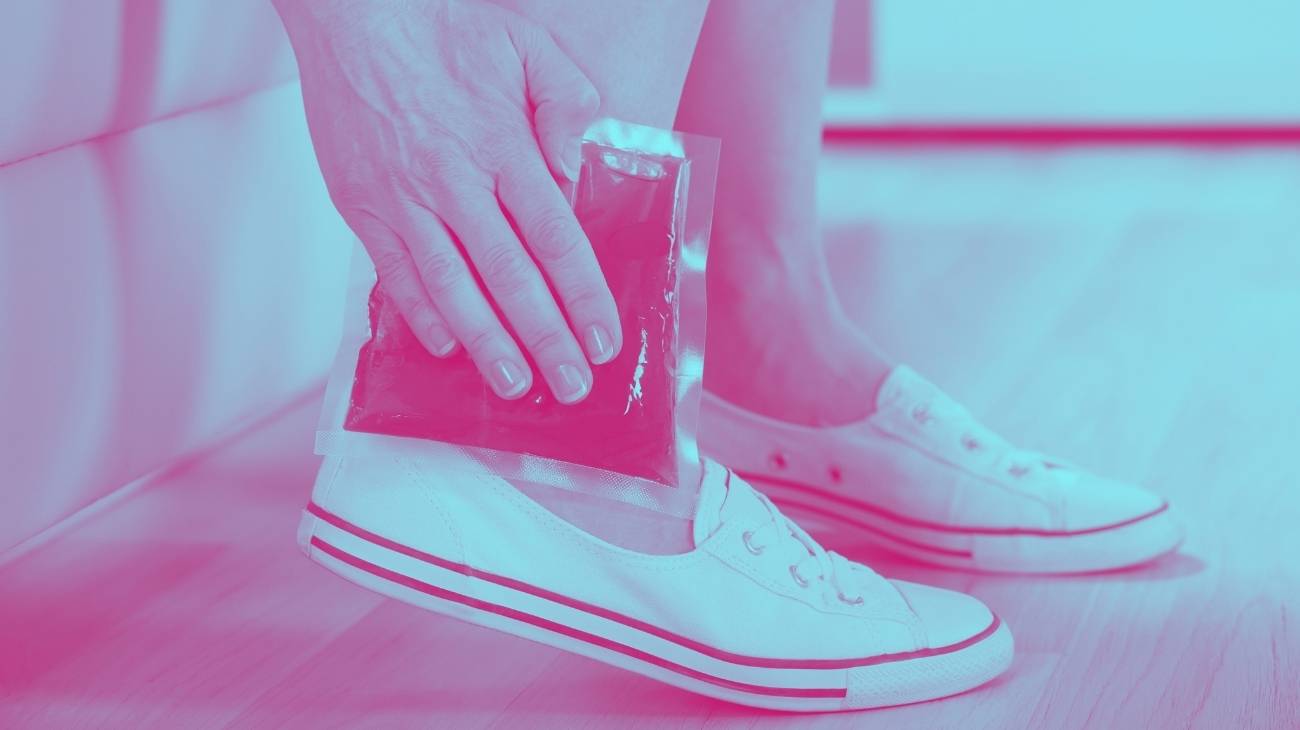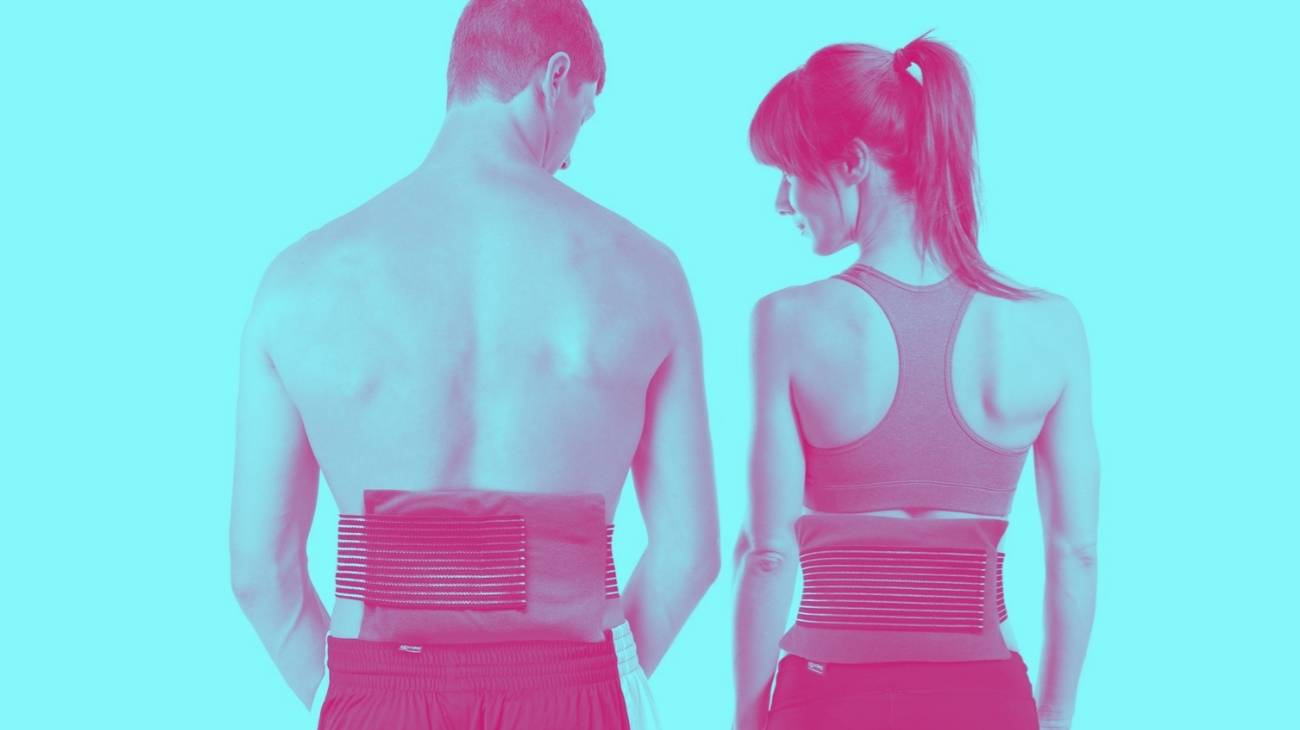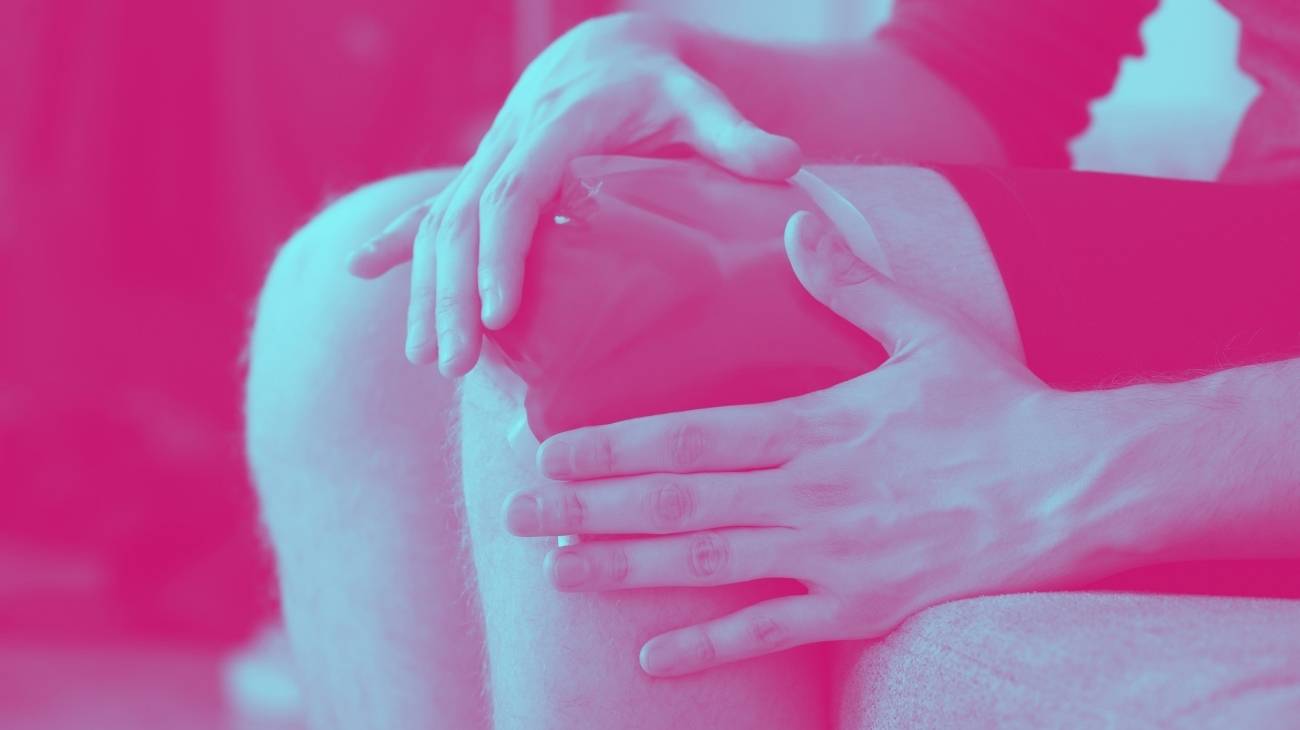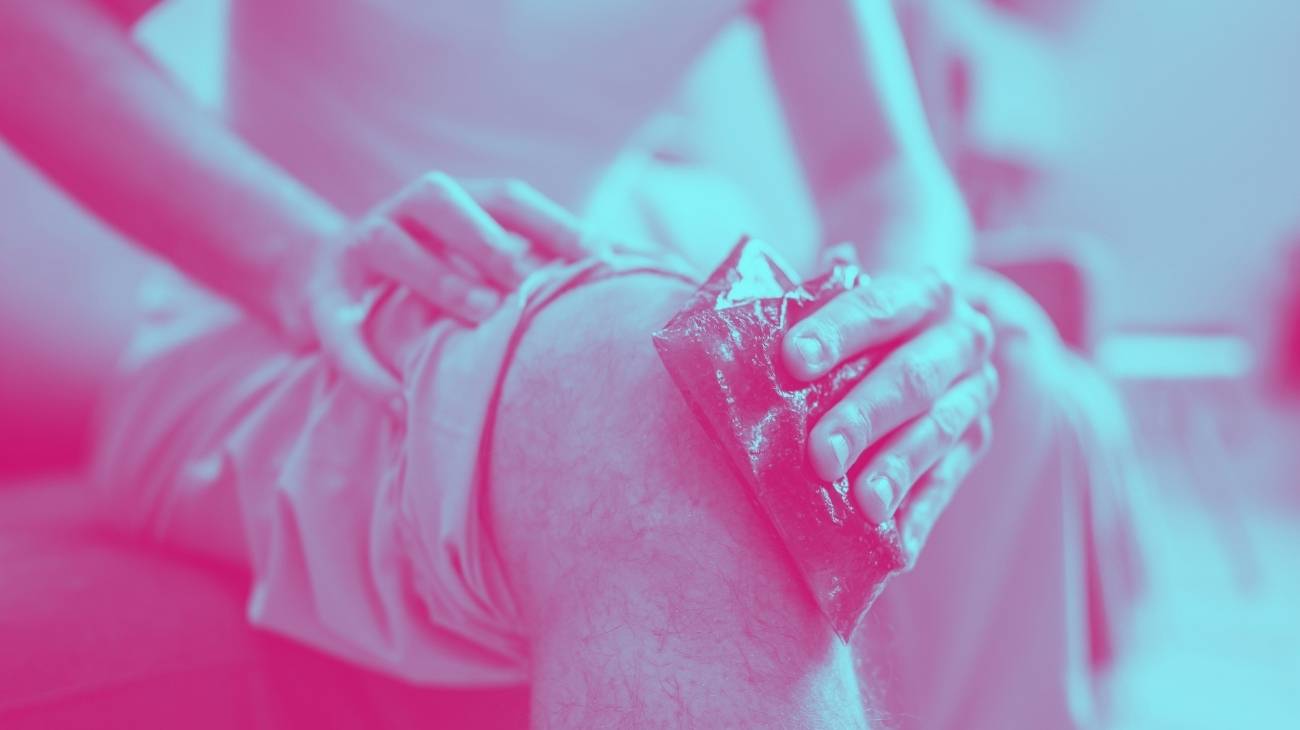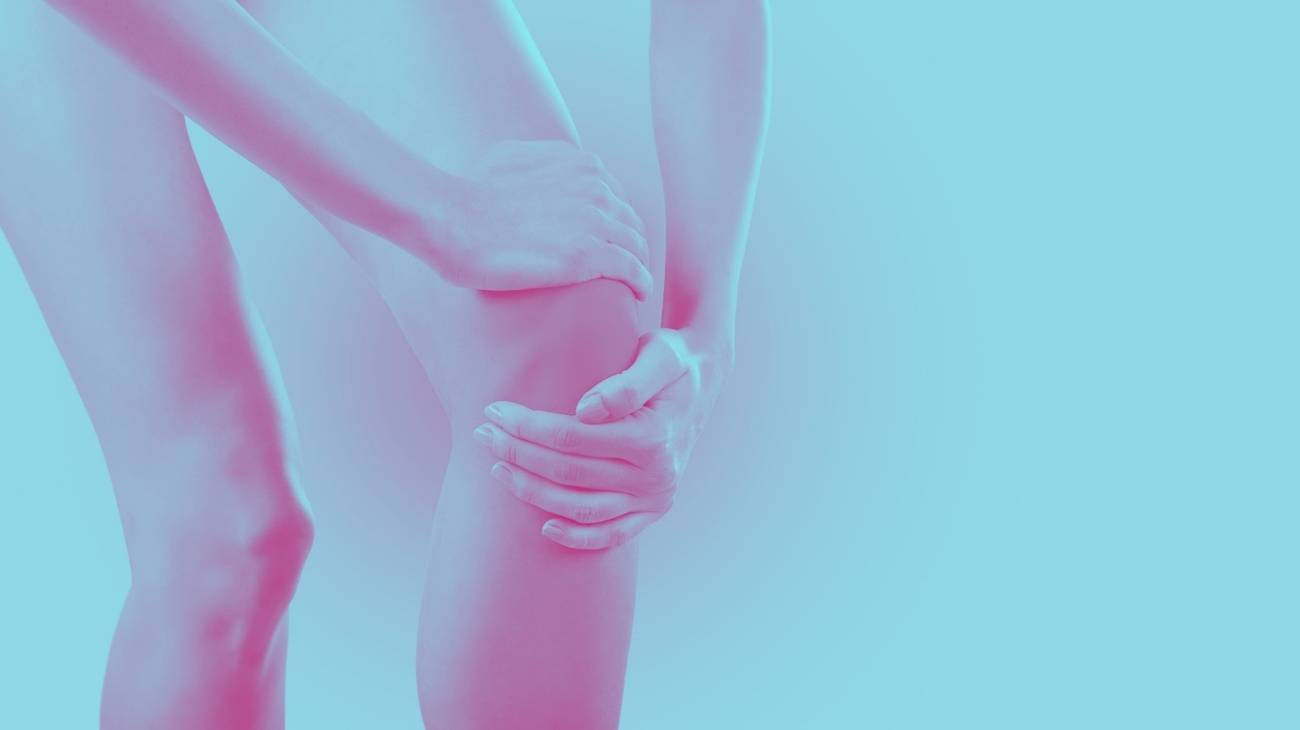WHAT WE DO?
We want to help you invest your money in the best ice packs, that's why in each of our reviews we strive to make the best selection so you can make the best decision and compare for yourself which ones fit your needs depending on the sport you practice or the type of injury you have.
HOW DO WE DO IT?
In order to find the best products, we search for the opinions, suggestions and options that the best hot&cold packs brands can offer you, and then we analyse their reliability, price and quality. Finally, we offer you a very complete comparison of products so that you can choose the best one.
YOUR OPINION COUNTS
Our main objective is to help you choose the best, so we care about your suggestions and opinions about our website, to improve every day and that our shopping guides are increasingly complete and respond to the particular needs of each of you, thank you very much for your confidence.
Best hot & cold packs by use
Best ice packs by injury
What are hot/cold gel packs and what are they used for?
Types of ice packs and microwave gel packs
- Reusable: These pads can be used as often as you like as the gel is in a durable pouch that can withstand hot or cold temperatures without spoiling easily.
- With fastening strap: They have an elastic strap that allows them to be attached to the part of the body where they are to be used, providing more comfort to the user and also benefiting from compression therapy.
- Large leg and back braces: These are large to cover the larger muscles of the legs such as hamstrings, quadriceps or large parts of the back. Due to their size, they are only suitable for cold use.
- For the joints: This type of cold pack is ergonomically shaped and fits perfectly to the elbow, ankle and knee joints thanks to the elastic compression band.
- For neck and shoulders: As these two joints have a special shape and position, there are anatomically shaped gel packs for these sensitive joints. Gel packs for the neck act like a neck brace, while gel packs for the shoulder are shaped like a shoulder pad.
- For children: These packs are designed in fun, child-friendly shapes so that they not only serve a therapeutic function, but also entertain and amuse children while they use them.
Health benefits of reusable gel packs
- Bumps and bruises: Cold therapy is ideal in these cases to both relieve the immediate pain and prevent the swelling that usually occurs immediately after a blow.
- Circles under the eyes, blepharitis and swelling: A slightly cold compress from the fridge in the form of an eye mask can be your best ally in the fight against all these ailments that affect your eyes.
- Sprains and strains: In the first few minutes of these injuries, it is essential to keep a gel pack from the freezer on hand to combat both the inflammation and the immediate pain.
- Dislocations: This injury is almost certain to damage ligaments and muscles, which you can treat with cold therapy in the first few minutes to prevent swelling from progressing.
- Muscle contractures: These and other muscle problems can be treated with a gel pack to relax the contracted muscle and reduce muscle spasms and tension.
- Reduce inflammation: No matter what your injury looks like, if it swells, quickly use a cold gel pack that creates vasoconstriction to reduce the inflammatory process.
- Reduce fever: An easy way to reduce fever is to use cold gel packs that reduce body temperature when applied to the forehead, armpits or calves.
- Headaches: Applying low temperatures to the neck and forehead helps to reduce blood flow, which has a positive effect on headaches, headaches and other types of headaches.
- Plantar fasciitis: As this is an inflammation of the fascia, the application of a gel ice pack is ideal for relieving pain in the sole of the foot that occurs when walking or standing for long periods of time.
- Fractures: The sharp, stabbing pain caused by a broken bone can be relieved by applying these cold packs; they also reduce swelling so that the muscle adjacent to the fracture is in better condition.
- Sports injuries: Whether it is a sprain, tendonitis or a torn muscle fibre, the application of a cold pack helps to relieve immediate discomfort and prevent excessive blood pooling during an inflammatory process.
- Postpartum and breastfeeding: Women go through a delicate phase after childbirth as they suffer from severe pain. In addition, breastfeeding is not easy in the first few days and can lead to problems ranging from mastitis to sore nipples. In all these cases, the application of cold helps to relieve the pain.
- Post-op: The first 48 hours after surgery are usually painful, especially around the incision. Cold compresses can be applied to reduce swelling and warm compresses to relax and relieve pain.
- Haemorrhoids: When a vein in the rectum becomes inflamed, even sitting down is painful, but can be relieved by cold therapy with a cold gel pack.
- Toothache: For this pain, which is one of the most severe we can suffer from, especially in children when their first teeth are born, a cold gel pack is the best ally to combat these symptoms.
How to use reusable gel ice packs
Cold therapy
- When to use cold? Cold can be used on a number of occasions. The most obvious is to calm inflammatory processes and relieve pain caused by sports injuries, bruises and contusions or other conditions such as migraines, headaches, blepharitis or toothache. It has also been shown to reduce fever and has other beneficial effects such as releasing pent-up tension, stimulating endorphin production, oxygenating cells and improving the health and appearance of the skin.
- How should cold be used? Cold should be used with caution as there is a risk of burning the skin if used unprotected. For this reason, the ice pack should never be placed directly on the skin, but should be covered with a cloth or fabric as insulation. Place the gel pack in the freezer for at least 1 to 2 hours. When you are ready to use it, take it out and let it cool for 5-10 minutes before using it. To increase the effect, we recommend using it 3 to 4 times a day in sessions of 15 to 20 minutes each.
Heat therapy
- When should heat be used? Heat therapy is ideal for improving blood circulation as it has vasodilatory and soothing effects, making it an excellent ally for any discomfort caused by circulatory problems in the legs or arms. It also has a calming and relaxing effect that is ideal for promoting muscle relaxation and helping us to rest better.
- How can heat be used? Heat must be applied in a controlled manner, always making sure that the heat pack is not too hot, otherwise it can cause burns. Avoid direct contact with the skin and do not leave it on for more than 10 to 15 minutes. Place the heat pack in the microwave for only 15-30 seconds, remove it and move the gel around with your hands so that the heat is evenly distributed throughout the product. Check that the temperature is correct with your hands before applying to the painful area.
Hot & Cold therapy
- When should heat and cold be used? Contrast therapy is ideal for treating traumatic injuries, especially to the joints. This therapy consists of alternating cold and heat in the same session. It should be used if you want to activate the autonomic nervous system, stimulate vasoconstriction and vasodilation, reduce inflammation and, above all, reduce joint stiffness and pain in the first days after an injury.
- How can you use heat and cold? The first thing you should pay attention to is temperature. With heat, the temperature needs to be controlled to avoid burning, especially if the patient has peripheral venous insufficiency. Cold can also cause burns, so it should never be applied directly to the skin. Always start with a 5-10 minute application of heat, then use cold for the same period of time and make another 2-3 changes. This protocol can be repeated 3 to 4 times a day to increase its effect. It is ideal for treating a chronic injury that recurs.



